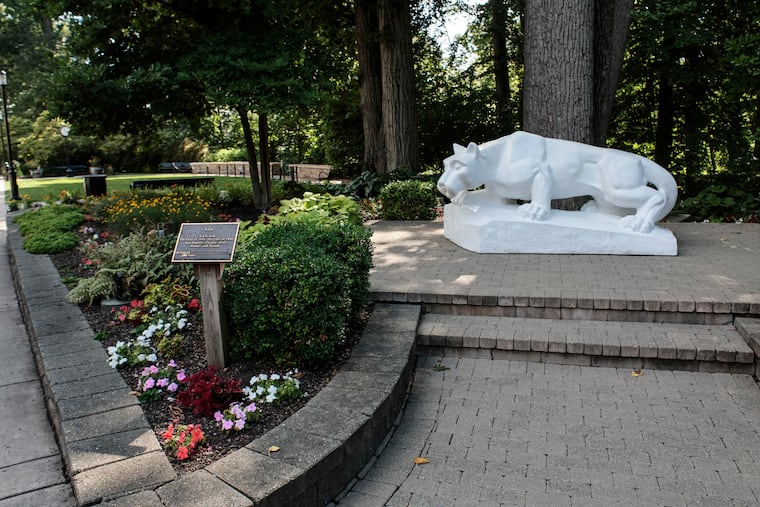Penn State offers buyout to employees at its Commonwealth campuses, following a steady decline in enrollment
A voluntary buyout package went to full-time employees Wednesday. Many appear eligible.

A voluntary buyout package went to full-time employees Wednesday. Many appear eligible.
